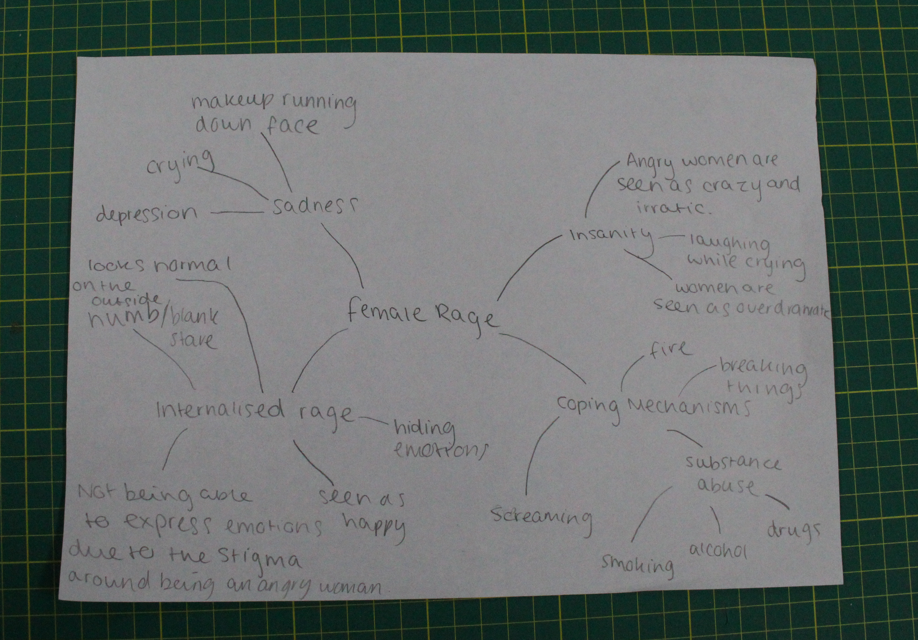Mood board

About
David Llada is a 46 year old journalist, organizer, photographer and author born in Asturias, Spain and currently residing in Donostia-San Sebastian. Majority of his work goes towards promoting chess and was even the editor-in-chief of American Chess Magazine for a while in 2018. Llada also has published a book called ‘the thinkers’ which is a visual tribute to the game of chess, showcasing the emotions, exertions and desires of the players.

Llada has been an official photographer in countless events with his photos helping to bring awareness to the game of chess across the world, even being recognized by other chess photographers as one of the best.
‘I am particularly impressed by his quick perception, his ability to spot and also anticipate those crucial moments that make a photo memorable.’ – Niki Riga
“What I like about David, first of all, is his enormous interest and devotion to his work and chess players. Secondly, his brilliant skills and technique, and his desire to be perfect. And finally, his attention to details.” – Eteri Kublashvili
Why I chose the artist
I chose Llada as one of my artists as I am very fond of the attention to detail in his images. He is able to create interesting and meaningful images which focus on the players and their expressions which is something I would like to recreate in my own images.
While expression is a key point in his photographs, we can also tell a lot about the subject by their body language, such as when they touch their face it could signal worry or surprise etc. I also admire how he is not only able to capture the emotions of the player but also the details of the game.
Llada links to the theme observe, seek and challenge as he observes the players of the game, watching as they challenge each other all while seeking to win.
Image analysis

In this image, we are able to see the worry and hesitation shown on player’s face as she carefully observes the game in front of her. The way her hand is placed over the other indicates that she’s about to make her move but is holding back, presumably rethinking or reanalyzing the board.
We are also to tell a lot about the image by looking at the board in front of her, we can see that she has less pieces than the opposing player, suggesting that she is at a disadvantage. However, looking to the bottom right of the image we can also see the pieces both players have lost, such as the bishops and queens, giving us slightly more insight to the game. For example, both players have lost their queens which is a powerful piece in the game, suggesting they’re equally matched.
Overall, the image provides us with the story of their match and when we pay close attention to the details of it we can begin to unwrap and visualize what the photograph is trying to showcase.
Links




































